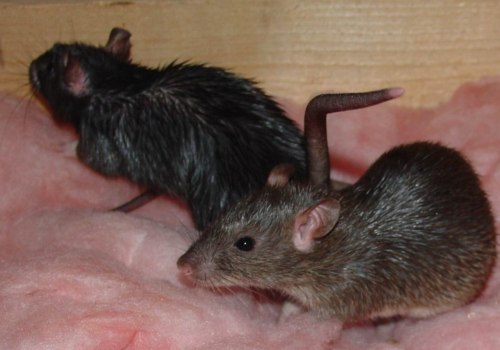They found that rodents had bodily limitations that would limit how much they could vomit, even if they could try. This included the reduction of the musculature of the diaphragm, the thin layer of muscle under the lungs, as well as a stomach that is not well structured to move the contents down the throat. Vomiting, or emesis, as doctors call it, is the body's reflex of forcibly expelling stomach contents through the mouth. Unlike regurgitation, which is a passive, effortless expulsion of stomach contents, vomiting is an active reflex that involves complex muscle coordination.
Occasionally, rats regurgitate, but they can't vomit. Over the years, researchers reduced this behavior to nausea. Rats can't tell researchers they're nauseous, of course, but when they ingest substances that make other animals vomit, they gawk. So it seems like a safe bet.
But why can't rats vomit? Rats have a highly resistant barrier between the stomach and esophagus, which essentially creates a unidirectional system. Once the toxins are inside, they stay inside. Rats lack the muscle strength to reopen the hatch and reverse the flow of food or liquids. They also lack the neural connections they would need to control the muscles needed to vomit if, in fact, they had those strong muscles.
While you may want to be like the rodent in this way, this trait presents certain safety risks that rodents must overcome. Because rodents cannot perform this critical act, they are susceptible to various toxins, including the poison that many people use to treat rodent infestations.




